Flossing is a key component of maintaining good oral hygiene, but with the variety types of flossing technologies available today, choosing the right one can be overwhelming. Each type of flossing technology offers distinct benefits, and the ideal choice often depends on the user’s specific needs and preferences. In this blog, we’ll analyze the advantages and disadvantages of different types of flossing technologies, helping you make an informed decision tailored to your oral care routine.
Overview: Traditional flossing involves using a thin, flexible piece of nylon or Teflon string to manually remove plaque and food particles from between your teeth.
Advantages:
Disadvantages:
Overview: Electric water flossers use a pulsating stream of water to clean between the teeth and along the gum line, removing plaque and debris.
Advantages:
Disadvantages:
Overview: Floss picks are small, disposable tools with a piece of floss stretched between two prongs, designed for easy handling.
Advantages:
Disadvantages:
Overview: Sonic flossers use high-frequency vibrations in combination with a traditional flossing action to help dislodge plaque and debris.
Advantages:
Disadvantages:
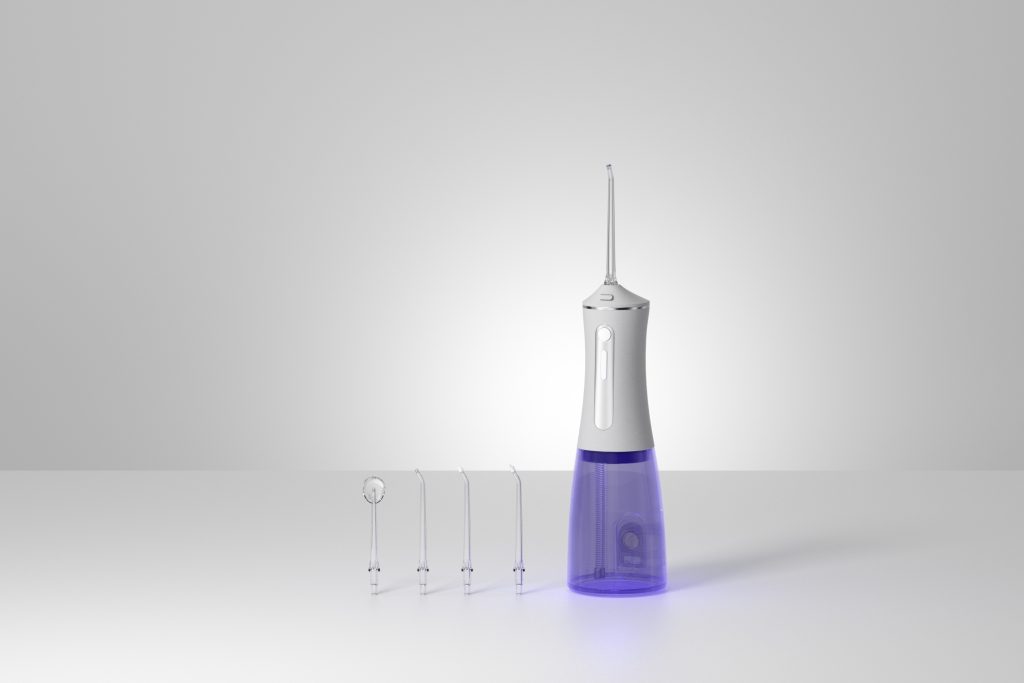
Overview: Interdental brushes are small, brush-like tools designed to clean between teeth, especially in wider gaps where traditional floss may be less effective.
Advantages:
Disadvantages:
Overview: Smart flossing devices are the latest advancement in flossing technology, offering real-time feedback, progress tracking, and even personalized recommendations via a mobile app.
Advantages:
Disadvantages:
When evaluating the advantages and disadvantages of different types of flossing technology, it’s essential to consider your personal oral care needs, budget, and lifestyle. While traditional flossing is still highly effective for many, options like water flossers and sonic flossers can provide added convenience and efficiency, especially for users with sensitive gums or orthodontic appliances. Interdental brushes and floss picks offer alternatives for specific dental concerns, while smart flossers bring technology into the equation for those seeking a more personalized experience.
No matter what your preferences are, understanding the various types of flossing technologies available can help you make a more informed choice, ensuring that your oral hygiene routine is both effective and tailored to your unique needs.
Does Teeth Sensitivity Worsen Tetracycline Stains? New Whitening Side Effects!
-3-scaled.png)
Home vs. Professional Red and Blue Light Teeth Whitening Devices: Wavelength Stability and Energy Density Comparison
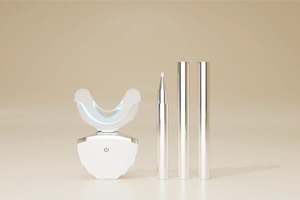
Guide to Winning in Teeth Whitening business
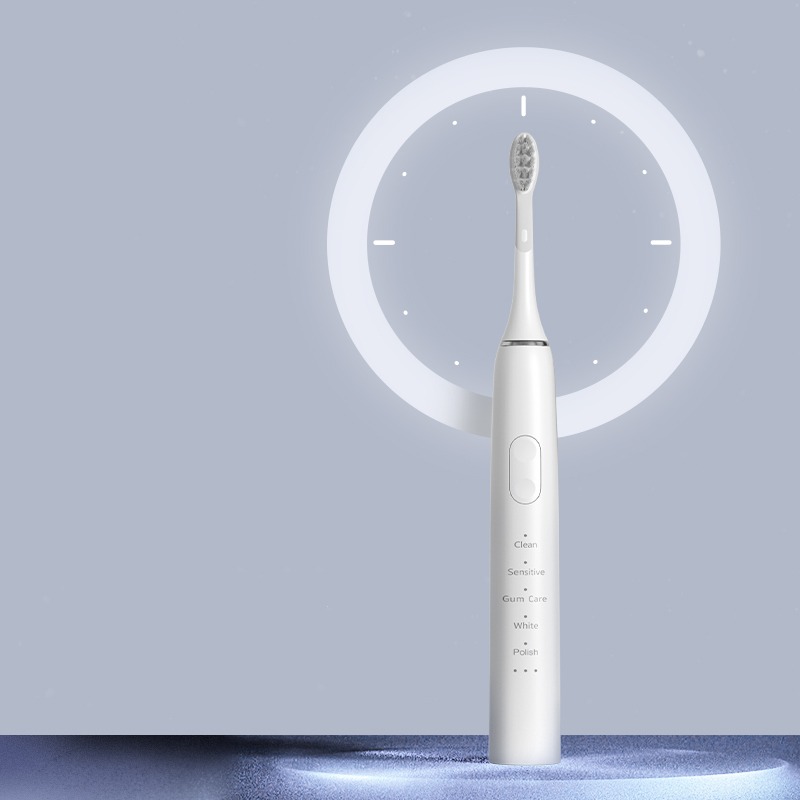
Technological innovations in electric toothbrushes: from the basics to the evolution of advanced functions
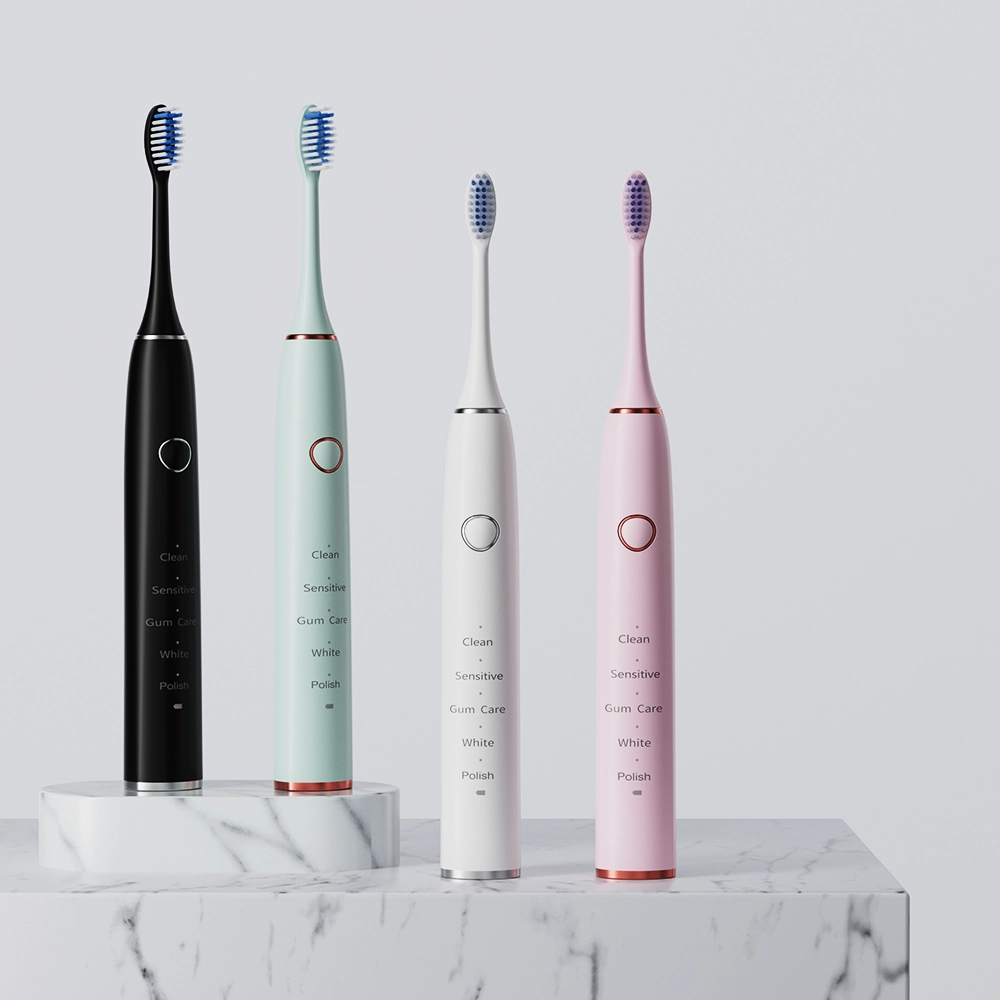
Our Electric Toothbrush Factory: Exploring the Manufacturing Process of Electric Toothbrushes
Noise Disturbance plus Sensitivity Spikes – Unbearable?

What qualifications must a qualified teeth whitening product factory have?
How Do Motor Noise and Pump Noise Disrupt User Experience?
.jpg)
Top Electric Toothbrush Replacement Heads in Manhattan?
Is Your Whitener Automated Assembly Truly Integrated with Industry 4.0 Standards?
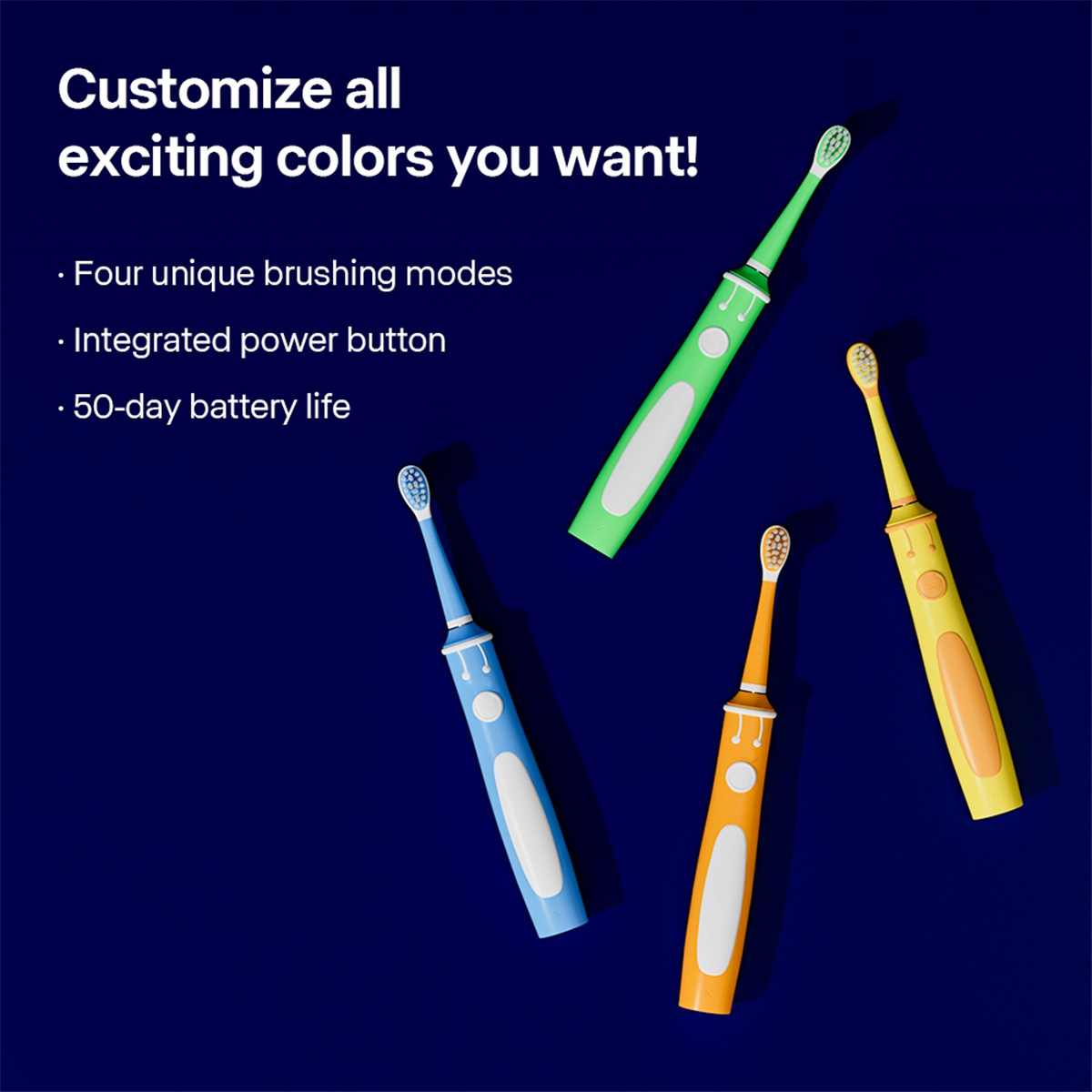
How do brands choose a good children’s electric toothbrush?
.jpg)
Smart Toothbrush Private Label: Build Your Brand with OEM Support
Battery Leakage and Circuit Corrosion – Dangerous Duo?

Deep Clean Interdental Electric Toothbrush Manufacturing Solutions

What Competitive Oral Care Products Are Needed in the Highly Competitive Dental Care Market?
.jpg)
How Many Times Is It Recommended to Clean Your Mouth in a Day?

Private Label Whitening Gel

Electric toothbrush heads Charcoal Infused-Diamond

electric toothbrush heads Charcoal Infuse-Round

electric toothbrush heads Ultra Soft

electric toothbrush heads Deep Clean

electric toothbrush heads Regular Clean
.jpg)
Florida Electric Toothbrush – Powsmart PTR-C8

Customization Teeth Whitening Gel